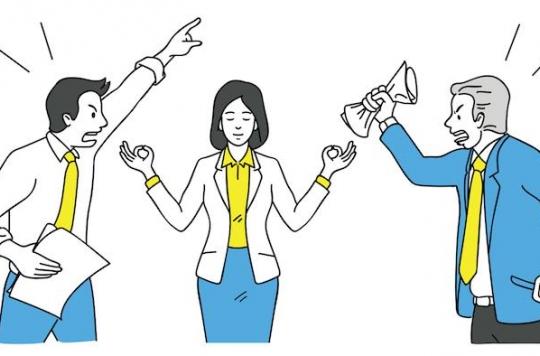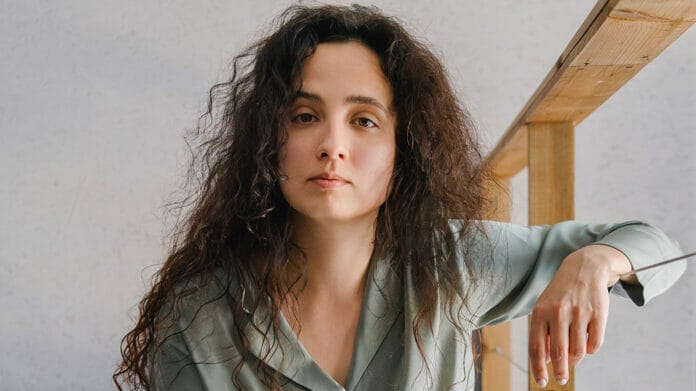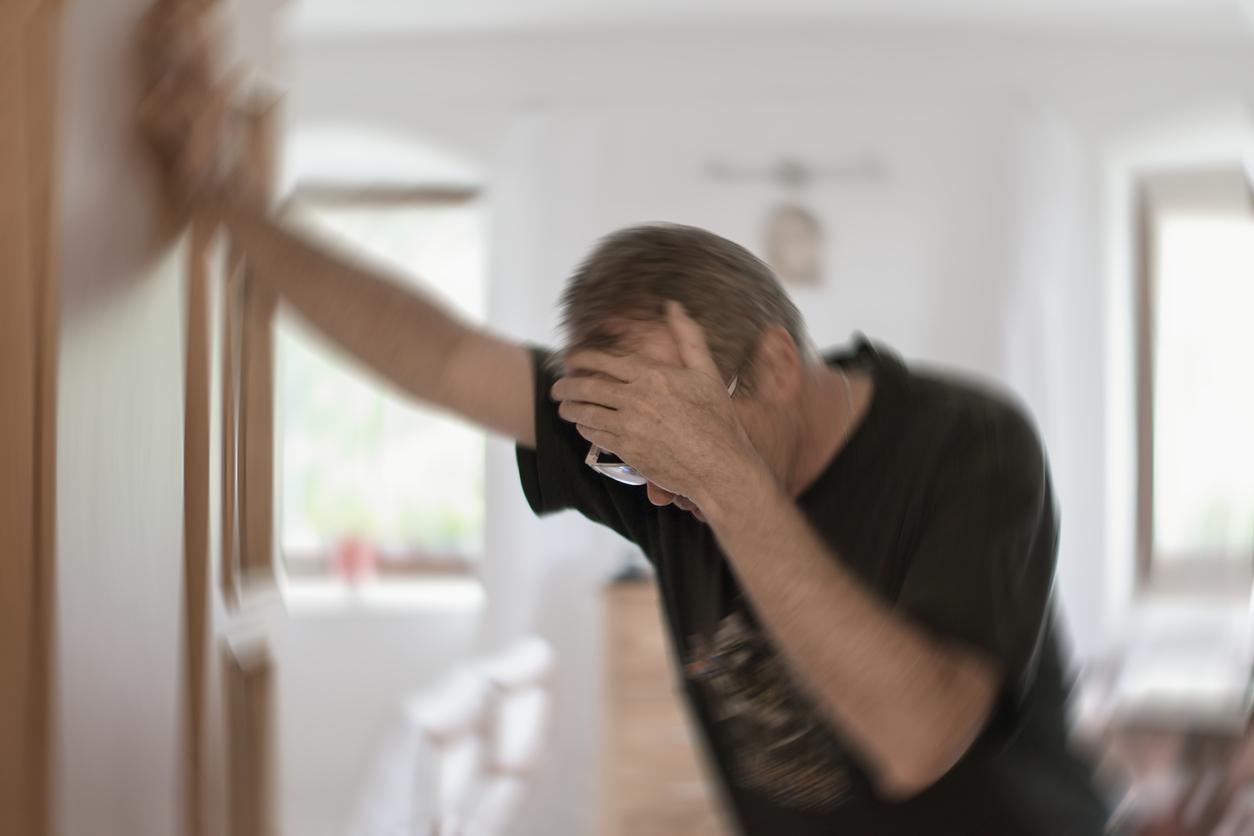Used in the treatment of depression, burnout, stress management, smoking cessation or even sleep disorders, sophrology is a very popular personalized relaxation technique. We tested a session, we tell you everything.

More and more considered as an alternative “medicine” and better and better reimbursed by mutuals, sophrology is a therapeutic approach resulting from personal development which focuses on individual consciousness, taking into account each person’s history. Inspired by oriental disciplines such as yoga, this technique of relaxation and letting go is now used in the treatment of obesity, depression, addictology, stress management, smoking cessation, burn-out , sleep disorders or tinnitus.
I tested a session via Skype with Soizick Fonteneau, sophrologist in the Paris region. “This type of remote session allows people who work or who do not have time to come to my office to allow themselves a moment of relaxation during the day,” she explains. “Those who have a closed office sometimes even reserve 45 minutes of their working day for sophrology”, to clear the air, relax and refocus. The benefits for the company are multiple since by emptying their mind and relieving their stress, employees have better productivity.
In their rbring “on the determination, measurement and monitoring of psychosocial risks at work”, submitted in 2008 to the former Minister of Health Xavier Bertrand, magistrate Philippe Nasse and psychiatrist Patrick Légeron recommend in particular relaxation therapy to help employees “manage the demands and constraints of work more effectively by improving their strategies for adapting to sources of stress or by strengthening their resistance to stress by relieving symptoms associated with stress “.
An imaginary journey away from it all
The particularity of sophrology is its adaptability to the personal history, the personality and the objectives of the person. At the start of the session, Soizick Fonteneau asks me questions: job, diet, family situation, fulfillment at work, fitness, health, physical condition … The sophrologist identifies my needs then invites me to close my eyes. Sitting comfortably, my back straight, my feet anchored to the ground, I let myself be carried. After five minutes of deep breathing, I bring my attention to every part of my body that it invites me to relax. The forehead, eyelids, cheeks, neck, shoulders, back … then to the toes.
Concentrated on his voice, I land in my imagination in a pleasant place, the one of my choice. “With this body a little more relaxed, you will let come to you the image of a place that you appreciate, a place in which you feel calm and at peace, in peace, a place that exists or that you invent” . During this “trip”, I think of nothing else, I disconnect. “You will carry your intention on all the colors around you, which is beautiful, pleasant, which makes you feel good”. I see, I touch, I feel and during this time, I forget the passing of time, my imperatives, my responsibilities and everything that conditions my daily life.
“There are a hundred techniques, which adapt to each profile”
The voice of Soizick Fonteneau is reassuring, his tone relaxing, his positive words. It is when people are in this state of awareness and let go, that the sophrologist begins cleaning. “To treat sleep disorders, for example, I invite the person to visualize a restful night by thinking of an ideal day that takes place from waking up to bedtime, step by step, so that falling asleep is a moment of calm, of well-being, of appeasement, not a moment of anguish “. What about tobacco serfdom? “We have a dozen techniques for that, it all depends on the people, she answers. For example, we reinstall in them the pleasure of breathing, by projecting them into a moment spent without respiratory problems. Then we define a ‘gesture. signal ‘for the moments when they will be seized with an urge to smoke “.
To treat the weight gain, “I start by making them accept their body, then invite them to discover the notion of tasting, rather than swallowing up. We also work on the senses, the taste. I invite them to travel inside their belly to see what food causes (good or bad) “. But all this is done gradually, over the sessions. “There are about a hundred techniques, which adapt to each profile”.
In children, the sophrologist most often treats relationship problems with parents, or brothers and sisters so that they find their place in the family circle. But sophrology can also treat stress and anxiety in children, and even trauma. “I use tales. I invite them to visualize a unicorn for example, to smell it, to touch it, then to climb on it. I make them fly in the sky, where they have to blow to chase the clouds and arrive in a magnificent imaginary world full of flowers, which they will touch, smell, contemplate “. The details are important, they allow the person to project himself.
Dynamic relaxation
Seemingly simple, letting go, letting go and disconnecting from reality, even for a few minutes, can be difficult for some people. “There are some who find it difficult to close their eyes, so we start with our eyes open. Others do not yet manage to relax completely so I opt for dynamic relaxation”, that is to say standing, in light movements. “Many find it difficult to concentrate on their body, she adds. visualize it, we touch it, it is not necessarily easy at the start. The visualization is not very simple either, so we go gradually “.
There is no judgment, sophrology respects the suffering and blockages of each. “We are not in the analysis”. Unlike psychology which invites patients to focus on their problems and talk about them, sophrology focuses on solutions, on the positive side. As if to distract the person from their problem, it presents them with a new perception. “In children, letting go is easier because they do not yet have mental conditioning”. Some teenagers are more modest, intimidated, but end up playing the game to get rid of their anxieties, “often linked to their future”. However, sophrology cannot replace current medical treatments, only accompany them. Specifying it is essential.
.















